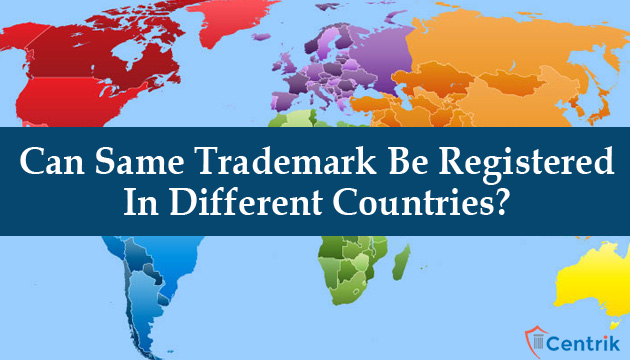
Trademark main purpose is to recognize goods or services as originating in a particular company or being a particular product or service. Trademark has protected my law serve a source-indicating function and prevent public from being confused about the source.
Trademark coexistence means a situation in which two different enterprises use a similar or identical trademark to market a product or service without necessarily interfering with each other businesses. The problems start with this distinguishing function no longer works. Thus trademarks which had happily coexisted at one time may suddenly enter into a conflict.
A proper trademark search should minimize risk of a business coming face to face with a similar mark once on the market. But no search is infallible. Identical or confusingly similar trademarks may subsequently be found to exist if the search net was not cast widely enough, or if it did not include other categories of goods and services which might turn out to affect the viability of the proposed mark. Similarly, a search might overlook unregistered marks, as in many countries well-known trademarks are protected even if they are not registered.
Many times it happens that two traders find themselves using the same or a similar trademark with respect to the same or similar goods in different parts of the world. They genuinely unaware of each other’s existence for years until one of them expands the business and starts using the trademark.
At that point, a trademark office may refuse the application on grounds that it conflicts with the earlier rights acquired by other traders. The latter may also object to the application in the course of opposition proceedings, or bring an invalidation action after the mark has been registered.
In certain common law jurisdictions, of concept “honest concurrent use” may apply. This takes into account the nature and length of use, the geographical area of trade, and the honesty of the adoption and subsequent use of the mark.
In a formal trademark coexistence agreement, both parties recognize the right of the other to their respective mark and agree on the terms on which they may exist together in the marketplace. Such coexistence may be based on a division of the territories in which each holder may operate, or on a delimitation of their respective fields of use, i.e. regarding the goods or services on which they are used. (as per WIPO)
If a coexistence agreement is the best option, the first step is for the two enterprises to delineate their respective areas of business and agree to stick to those parameters. The real challenge, however, lies in anticipating the future development of each company’s activities.
An important question to be considered before negotiating a coexistence agreement is that of public interest. A court may invalidate an agreement if it considers that the coexistence of similar trademarks in a particular case would be against the public interest. This may arise notably in the area of public health if two different medical products bore the same trademark – even if the companies operated in distinct geographical areas.
Companies should also be aware of the competition and anti-trust regulations: the courts could find that their confusingly similar trademarks for similar products affect competition in the marketplace.
The process of choosing a trademark must be carried out with caution and foresight, undertaking as comprehensive a search as possible, preferably with the assistance of a specialist. If despite these efforts a conflict arises with the same or a similar trademark in the market, then an agreement to coexist may prove less expensive than legal confrontation. While this is not to say that faced with litigation it is always better to capitulate and agree to coexist, litigation may be the only appropriate response in some situations. It is for the owners of the trademarks to judge in each case what would be the appropriate response in light of their particular situation.




 join For Updates
join For Updates